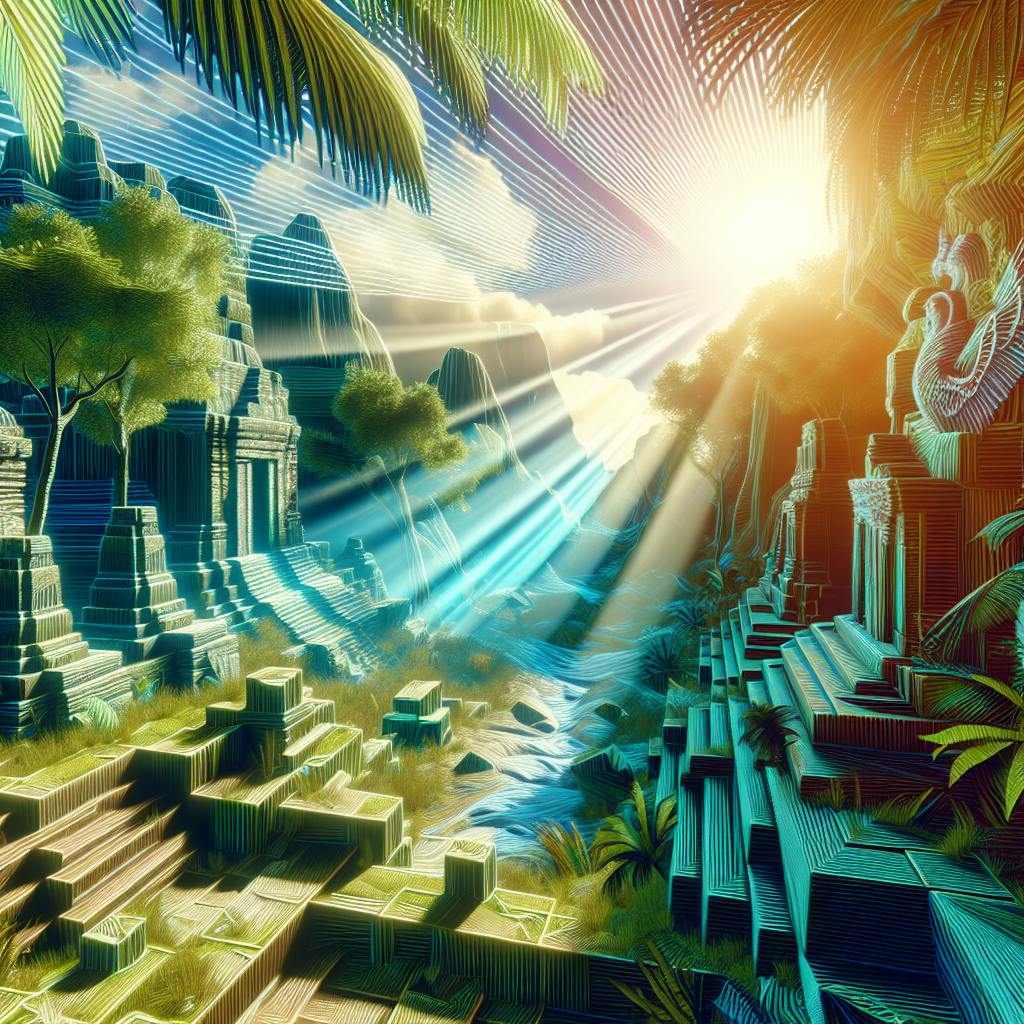Unraveling Pacatnamu: A Journey Through Time and Culture
Imagine stumbling upon an ancient city that whispers tales of forgotten civilizations and invites you to explore its secrets! Welcome to Pacatnamu—a captivating archaeological site in northern Peru that offers a unique glimpse into the Moche and Chimu cultures. Discovered by archaeologist Michael E. Moseley in the mid-20th century, Pacatnamu stands as a testament to the ingenuity and resilience of ancient societies. This extraordinary site, nestled in the Jequetepeque Valley near the modern city of Pacasmayo, might just hold the keys to understanding prehistoric urban planning, art, and religion.
Upon entering Pacatnamu, the grandeur of its past becomes apparent. This site's foundation dates back to as early as 200 AD, with its most significant developments occurring between 700 and 1200 AD. Pacatnamu thrived under the influence of the Moche and Chimu cultures, each leaving distinctive marks etched into its architecture and artifacts.
The Moche Culture and Their Imprints
The Moche civilization, known for its stunning ceramics and monumental architecture, is an integral piece of Pacatnamu's history. Their artistic prowess shines through in the remaining pottery and murals, vividly depicting scenes of rituals, deities, and everyday life. The Moche utilized advanced irrigation techniques, turning the arid region into fertile farmlands, demonstrating their ingenuity in harnessing natural resources.
Excavations reveal an intricate layout of temples, plazas, and residential areas, providing archaeologists with insights into the social and political structure of the time. At the heart of Pacatnamu lies a series of fortifications, possibly constructed for protection against rival groups, highlighting the importance of this city in the era's landscape.
Chimu Influence: Evolution and Expansion
As we journey forward in time, the Chimu culture emerges around 900 AD, taking Pacatnamu to new heights of development. The Chimu, celebrated for their metallurgical skills and urban planning, expanded the city significantly. The architecture from this period bears the hallmark of intricate adobe construction, showcasing both artistic detail and functional design.
One striking feature attributed to the Chimu is the development of Pacatnamu's defensive systems—massive walls and strategic moats designed to protect against invasions. This emphasis on defense implies the city’s importance and its attraction to surrounding powers.
Religious Significance and Ceremonial Architecture
Pacatnamu's spiritual landscape is as rich as its physical architecture. Temples dedicated to gods and religious ceremonies highlight the site's cultural depth. Among these, the Temple of the Moon stands out, believed to be a center for ritualistic activities. Elaborate murals adorning temple walls offer glimpses into the deities worshiped and ceremonies performed by its inhabitants.
These spiritual practices were deeply intertwined with agriculture, as indicated by the motifs and symbols related to fertility and harvest found at the site. This connection underscores the role of religion in ensuring societal stability and continuity in ancient cultures.
Excavations and Discoveries
The archaeological journey at Pacatnamu continues to be a vibrant field of study, providing an ever-expanding repository of knowledge. Researchers have unearthed burial sites that shed light on societal hierarchies and cultural beliefs surrounding death and the afterlife. The discovery of rich grave goods, including intricately crafted jewelry and ceramics, highlights the value placed on artistry and status.
Such findings have sparked collaborations between local and international scholars, each bringing expertise and varied perspectives to this treasure trove of history. It is this spirit of cooperative study that continues to unlock Pacatnamu's mysteries, paving the way for future generations to explore and learn.
Why Pacatnamu Matters
Understanding Pacatnamu and its context within the broader pre-Columbian landscape is vital for multiple reasons. It not only enriches our comprehension of early civilizations in South America but also highlights human resilience and adaptability. The legacy of the Moche and Chimu cultures extends beyond the tangible relics—they inspire us to appreciate the complexity and creativity of our predecessors.
Faced with environmental challenges and socio-political upheavals, the ancients at Pacatnamu harnessed their environment and resources to create enduring legacies. In this way, the sands of time keep whispering tales of innovation, community, and survival, reminding us of the rich tapestry of human history.
In embarking on archaeological pursuits like those at Pacatnamu, we not only honor past humanity but invigorate our quest for knowledge, celebrating the timeless curiosity that binds us across ages. It's a powerful testament to our shared heritage and the spirit of exploration that continues to define humanity.

